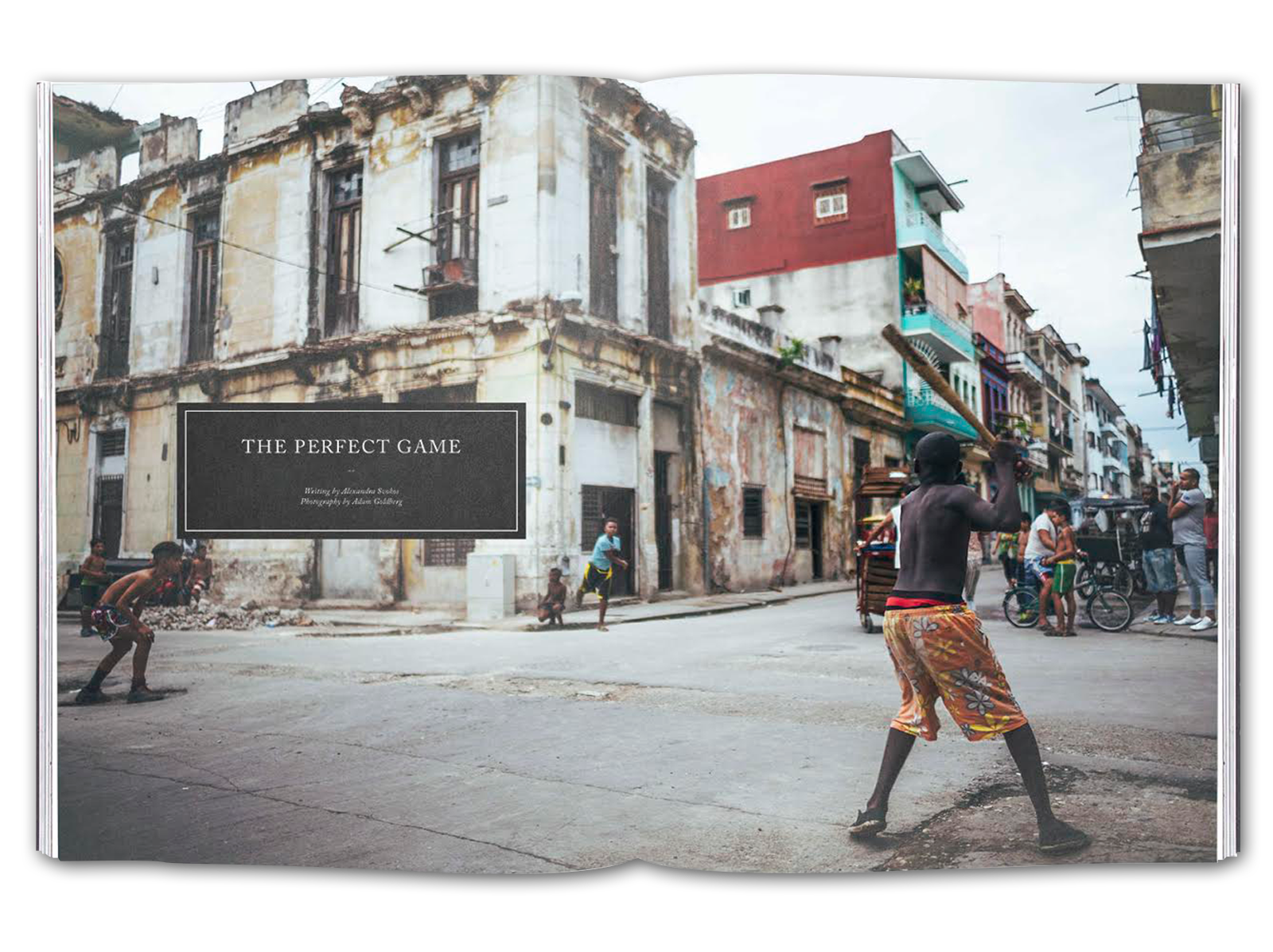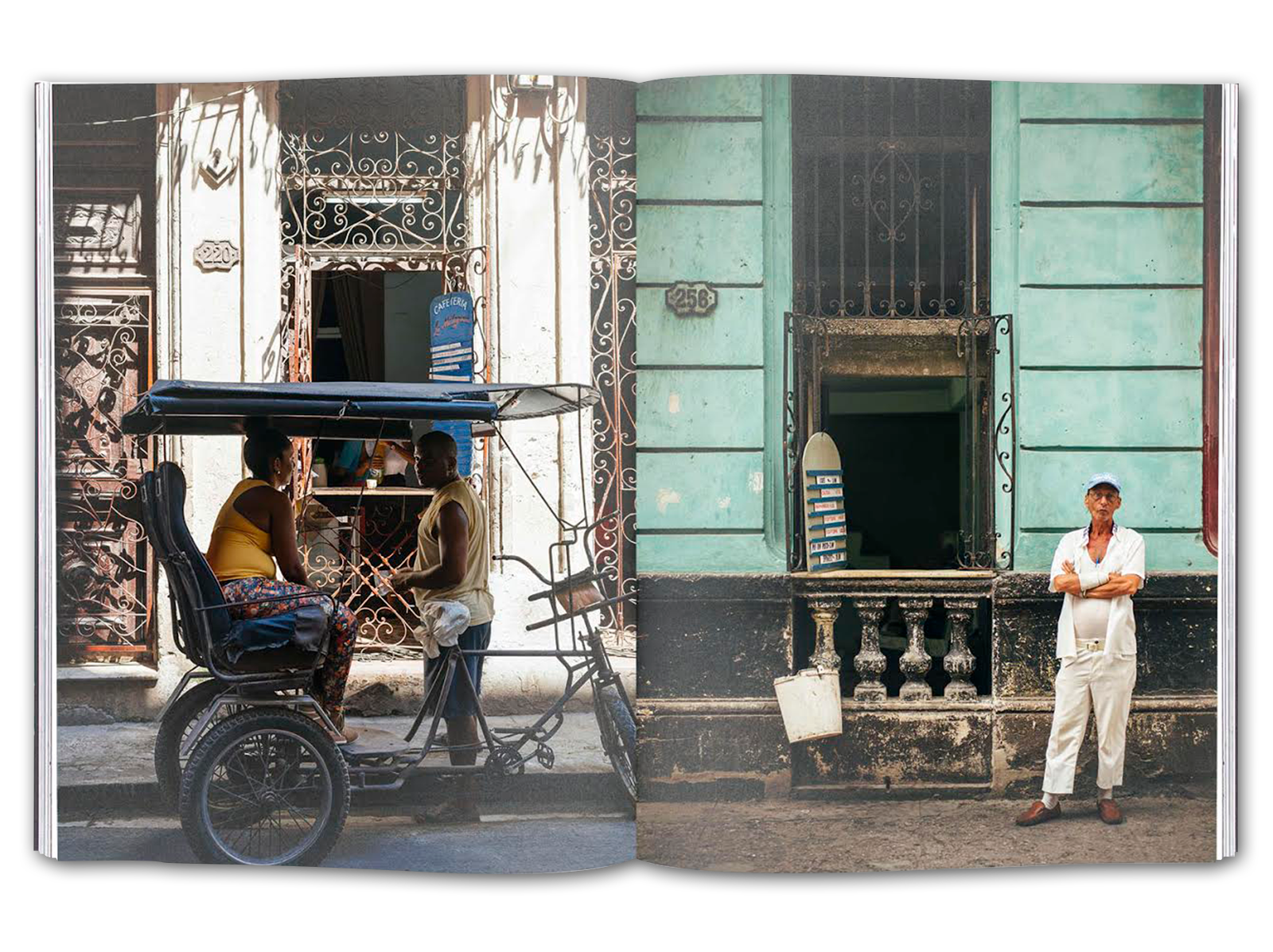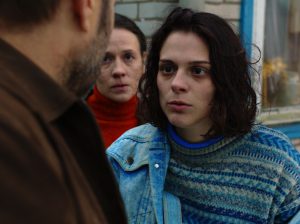"Did you like the movie?"
"A bit too serious".
"You prefer comedies?"
"Not really. But it didn't have to be so sad."
"Life is a mixture of sad and happy things. Movies are so lifelike, that's why we love them."
"Then who needs movies? Just stay home and live life!".
"My uncle says we live three times as long since man invented movies."
"How can that be?"
"It means movies give as twice what we get from daily life."
-- Yi Yi (A One and a two), Edward Yang

Once again, I started at the end. Yi Yi (2000) was the last film that Edward Yang directed but it was the first of his films that I saw. To make matters worse, I saw the film shortly after Edward Yang passed away on June 29, 2007 at the age of 59. Just as I was discovering the works of one of the best directors in the world, he was gone thereby depriving the world of his talent. The extent of that loss has become more stark in the last few years especially as the status of Taiwan changes politically, economically and even socially. I wasn’t aware of any political, economic and social aspects covered in Edward Yang’s films back in 2007. These aspects didn’t catch my eye as I watched a few more of his films over the years such as A Brighter Summer Day (1991), Taipei Story (1985) and The Terrorizers (1986). Therefore, it felt appropriate to do a proper spotlight and watch all his features in order.
The plan was to watch all of Edward Yang’s seven features and the first short he directed as part of the omnibus In Our Time.
In Our Time (1982, Tao Te-chen, Edward Yang, Ko I-Chen, Yi Chang)
That Day, on the Beach (1983)
Taipei Story (1985)
The Terrorizers (1986)
A Brighter Summer Day (1991)
A Confucian Confusion (1994)
Mahjong (1996)
Yi Yi (2000)
Note: I couldn’t get the DVD of Edward Yang’s first feature That Day, on the Beach, which is also Christopher Doyle's first film as a cinematographer. The DVD was available a few years ago but I delayed getting it and now it is out of print. So I continued the spotlight without it.
Edward Yang’s name is associated with the “New Wave of Taiwanese Cinema” along with that of Hou Hsiao-hsien, Tsai Ming-liang and Ang Lee. However, as it turns out, within this New Wave of Taiwanese Cinema, there are 2 phases with Edward Yang and Hou Hsiao-hsien falling in the first phase while Tsai Ming-liang and Ang Lee being in the second phase. The association between Hou Hsiao-hsien and Edward Yang is more solidified as well due to their collaboration on Edward Yang’s early films. Hou wrote and acted in Taipei Story while also starred in Yang’s first feature, That Day, on the Beach. Both were also born in 1947 with Hou being older by a few months.
 |
Hou in Taipei Story
|
However, Edward Yang’s style and themes are quite different from those of Hou Hsiao-hsien, Tsai Ming-liang.
Confucius: The City is too crowded
Disciples: What can we do about it?
Confucius: “Make the people rich”
Disciples: “What comes next after they are made rich?
2,000 years of poverty and struggles later,
It took a city named Taipei just 20 years to become one of the wealthiest cities in the world.
The above words are shown at the start of A Confucian Confusion (1994) and outline one big aspect covered in Edward Yang’s films. His films, starting with 1985’s Taipei Story, depict how Taiwan’s role in the world changed. Taiwan and its capital city, Taipei, went through a technological manufacturing change starting in the 1980s.

This change impacted the social and economic life in Taiwan with regards to jobs/career and the tension this new working life would put on relationships. That is why Yang’s films feature many isolated characters and relationships in turmoil, themes and elements often found in Western films. However, Edward Yang depicted isolated characters in a different manner than Hou Hsiao-hsien and Tsai Ming-liang. Tsai Ming-liang has shown lonely characters in his films but these characters live on their own or are seeking companionship. On the other hand, Edward Yang depicted isolated characters in a relationship or within a multi-generational family. Showing families and how different family members impact each other is a key part of Edward Yang’s films.
Yi Yi feels like the culmination of Yang’s career and all the various themes he explored in his earlier films. Yi Yi contains combines elements of Coming of age, romance/relationship/marital problems and career/economic discussions.
 |
A Brighter Summer Day
|
Edward Yang explored Coming of Age in more detail via In Our Time and A Brighter Summer Day while he depicted career discussions and relationship/marital problems in varying degrees in That Day, on the Beach, Taipei Story, The Terrorizers, A Confucian Confusion and Mahjong. Gangs and violence are missing from Yi Yi and this is an element that Yang showed in A Brighter Summer Day while Mahjong is a more detailed coverage of the gang world and violence. The Terrorizers is also book-ended by a violent aspect which is nicely woven into the story.
 |
The Terrorizers
|
Put together, all these films highlight the changing nature of Taiwan historically, politically, economically and socially. The inclusion of economic aspects is also based on Edward Yang’s career and how he came into movies.
Robert Sklar's Cineaste interview from 2000 is worth reading but these words from Yang helped illuminate some scenes in Yi Yi:
"I found a job in Seattle at a research laboratory that contracted to do classified defense projects in microcomputers. I was among the first generation of designers and applicators for microcomputers and microprocessors. "
This explains the details regarding the dialogues/scenes of computer design and venture capitalists shown in Yi Yi. Edward Yang was familiar with this computer world in real life and he found a smart manner to incorporate aspects of this tech world. Of course, to Yang’s credit, he doesn’t include any detailed technical discussions but instead uses the tech world as a lubricant to depict human relationships, how people interact with one another and what motivates some people.
Edward Yang’s films covered the first phase of Taiwan’s economic change. Now, as Taiwan is in the middle of another economic change, I thought of Edward Yang again. What would Edward Yang make of Taipei today? The following quotes from Amy Qin and Amy Chang Chien’s NYT article stand-out:
The relatively few people who are allowed to enter Taiwan have been coming in droves, and they’ve helped to fuel an economic boom.
The influx of people helped make Taiwan one of last year’s fastest-growing economies — indeed, one of the few to expand at all.
Steve Chen, 42, a Taiwanese-American entrepreneur who co-founded YouTube, was the first to sign up for the gold card program. He moved to the island from San Francisco with his wife and two children in 2019. Then, after the pandemic hit, many of his friends in Silicon Valley, particularly those with Taiwanese heritage, began to join him — a reverse brain drain, of sorts.
Taiwan’s leaders say the infusion of foreign talent has given a shot of energy to its tech industry, which is better known for manufacturing prowess than for entrepreneurial culture.
The economic changes in Taiwan are also changing the social life on the island. Maybe in the future, someone will document the evolving changes in Taiwan but Edward Yang covered it first. For that, his valuable cinematic contributions to the world will forever be cemented.
Other reading:
1. Jonathan Rosenbaum: Exiles in Modernity
2. David Bordwell: A Brighter Summer Day
3. Bordwell again
4. Lawrence Garcia on Yi Yi






















































